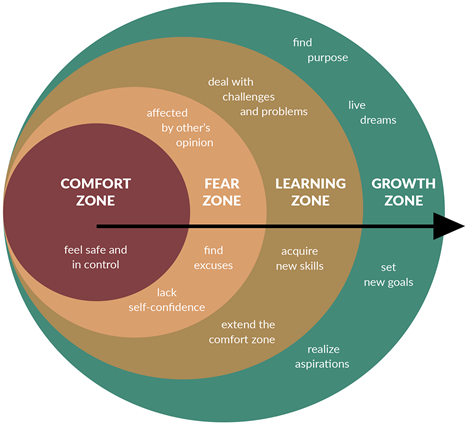You are in: North America
Change location
You are here
Intent vs. Impact

Module 4: Guiding Inclusive Classroom Conversations*
From Ways to Incorporate DEI into Your Courses By David Luke, Chief Diversity Officer, University of Michigan, Flint
Intent vs. Impact
In social justice work, we often talk about the difference between intent and impact. When things go awry and marginalized students are impacted, the person responsible for that impact focuses on their own intent. The fear of being labeled racist, sexist, or just “bad” can contribute to a defensive feeling that no longer centers the impacted students. Given the power differential in the classroom, it is the responsibility of instructors to focus on the impact, whether a microaggression is committed by another student of the instructors themselves. We are educators, so this can be done in a way that promotes learning and growth. It can be uncomfortable at times, but explaining this approach when going over ground rules and being transparent about what you’re trying to accomplish can mitigate this discomfort. Keep in mind, however, that some discomfort can be productive. This image provides a visual depiction of what I’m referring to:
Note that by focusing on impact, rather than our own intent, when we make mistakes allows for honesty, transparency, and vulnerability, and can build real trust. Addressing the impact of our own mistakes helps to establish an environment where students assume good intentions of the faculty and of their peers if they react in this way as well.
*Published 07/22. © 2022 Sage Publishing. All rights reserved. All other brand and product names are the property of their respective owners.

